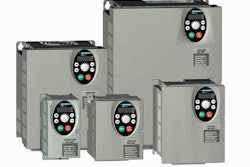
PW: What was the focus of your presentation?
Unger: It revolved around an end-user’s perspective [regarding] expectations of suppliers and design studios, and how a company can be innovative with folding cartons while also managing costs. It focused on four areas: design approaches, how you select materials, structural elements, and smart decoration.
PW: Please elaborate on design approaches.
Unger: There have been great examples in the market of clever designs where suppliers have been able to develop efficient solutions to complex challenges using creative folding and gluing. In general, we’re looking for suppliers who are going to maximize our impact at the “first moment of truth” [when the consumer makes a buying decision], at minimal cost. I want suppliers to understand that we’re interested in the range of materials and decorative elements that are available in their portfolio.
PW: What about materials, structural elements, and smart decoration?
Unger: Perhaps a brand has historically used one type of material. There may be better ones now available, so we’re looking for supplier proposals on alternative substrates that are good for the consumer, and either more economical or more robust propositions for us. There are significant opportunities in health and beauty packaging to better manage costs. Smart decorations include not just printing, but what I call “finishing touches” in how the carton looks and feels. It’s all the elements that come together to create a final impression at that moment of truth. It’s about building a visual identity.
PW: What changes have you witnessed recently regarding packaging that meets consumer needs?
Unger: Packages are making brands more “shop-able”. By that, I mean easier for a consumer to select what he or she wants. I’ve seen an increase worldwide in secondary benefits such as dispensability features, not just with cartons, but with packaging in general. Overall, I think it’s an exciting time for consumers as packages are offering more functionality than ever before. —JB

























